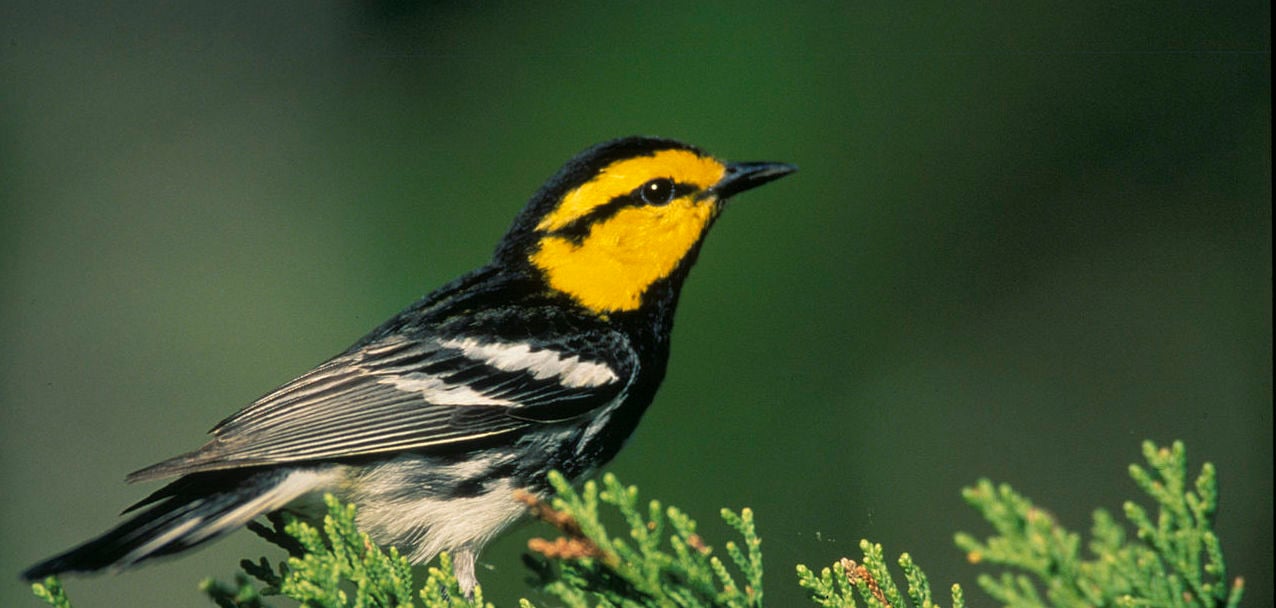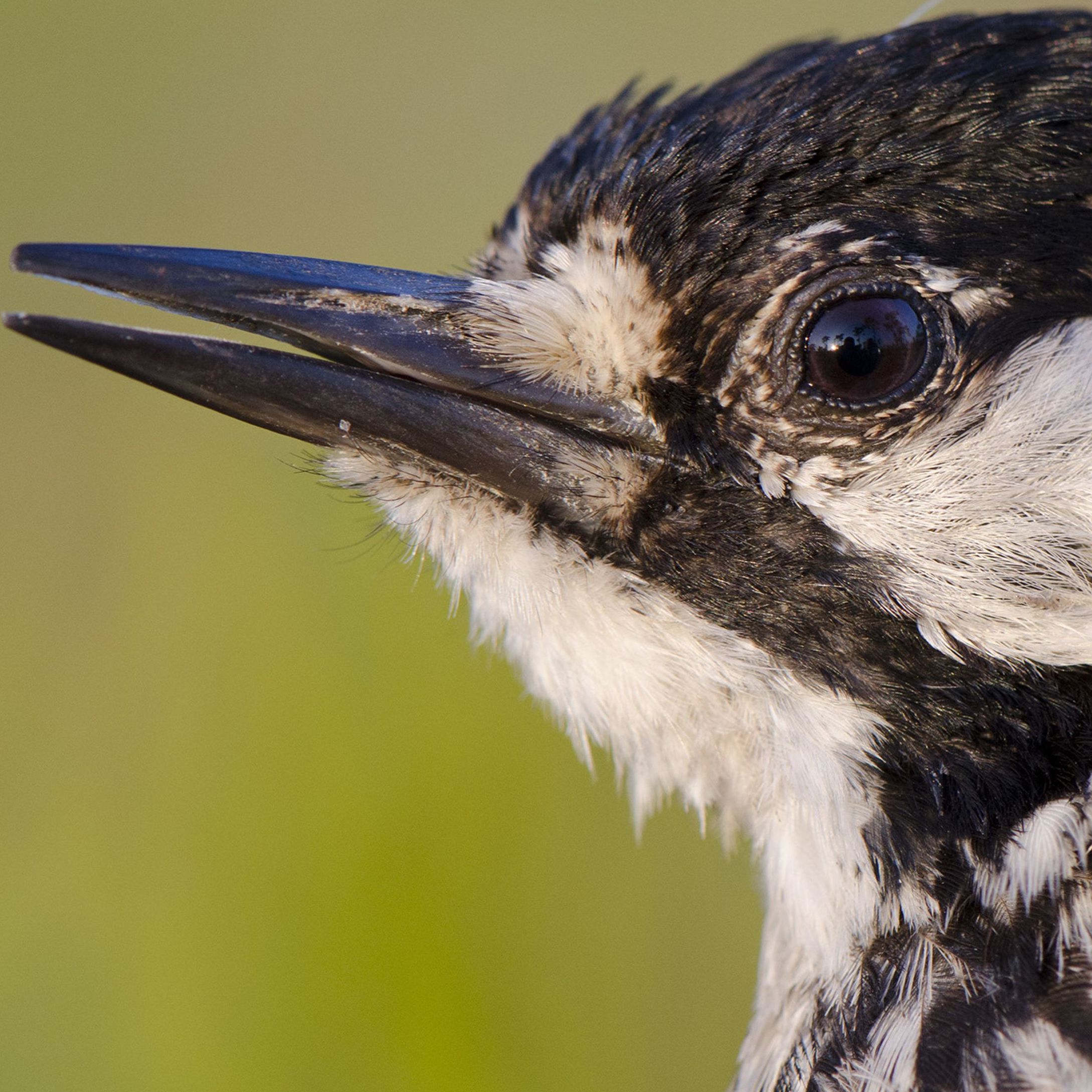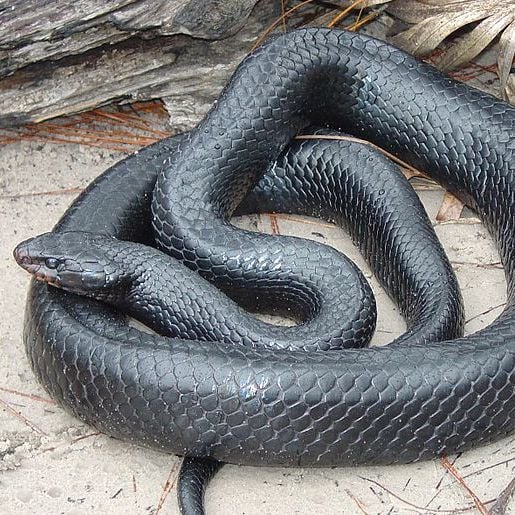The Endangered Species Act
Free Permitting Checklist
Practical Tips to Avoid Environmental Risk on all Your Projects
Download our environmental permitting checklist to get a step-by-step list of ways to protect your project from the 9 most common environmental risks.
Download Your Checklist
What is the Endangered Species Act?
The Endangered Species Act (ESA) prohibits "take" (defined as to harass, harm, pursue, hunt, shoot, wound, kill, trap, capture, or collect) of species that are federally-listed as endangered or threatened. The ESA applies to both public and private actions. "Take" is not limited to purposeful “take” like trapping and hunting. "Take" also includes "incidental take." Incidental take includes those actions that may harm or kill a federally-listed species as part of an otherwise lawful activity. Examples of “incidental take” include disruption of bird nests from tree removal, harm to fish from stormwater runoff, and collision with bats from wind turbines.
The U.S. Fish and Wildlife Service (USFWS) has primary responsibility for terrestrial and freshwater species, and NOAA Fisheries is responsible for marine wildlife.
Visit the Endangered Species Act website here
A Brief History of the Endangered Species Act
In the first few decades of the 1900’s, the apparent decline of native species like the bison, passenger pigeon, whooping crane, and bald eagle raised public and scientific awareness around wildlife conservation. Congress attempted to address these concerns by passing the Lacey Act of 1900 (which prohibits illegal animal trade), the Migratory Bird Treaty Act of 1918 (which protects against over-hunting), and the Bald and Golden Eagle Protection Act of 1940 (which protects eagle nests, feathers, and eggs), but populations of many key species continued to decline.
The first precursors to the ESA came in the 1960s. First, Congress passed the Endangered Species Preservation Act in 1966, which created the first official list of protected species, but the list was limited to fish and wildlife game species. The Endangered Species Conservation Act of 1969 expanded the list of protected species and called for an international treaty to conserve wildlife.
Finally, in an effort to solidify comprehensive endangered species act protection, President Nixon signed the Endangered Species Act on December 28, 1973. The Act requires much more extensive protection for our country’s threatened and endangered species from extinction and protection of their critical habitat from destruction. The Act specifically challenges federal agencies to protect endangered and threatened species as part of their actions, but the Act itself applies well beyond federal agencies to all state and local governments, private businesses, and the general public.
Learn more about the history of the Endangered Species Act
What are Some Common Species of Concern?
Considering which species may be affected as part of your project is a key element in environmental due diligence. While the particular species of concern protected under the Endangered Species Act will vary in your area specifically, here are some of the most common species our customers encounter from a national level:
-
Indiana Bat (Endangered)
-
Red Cockaded Woodpecker (Endangered)
-
Freshwater Mussels (Federal and State Protected)
-
Desert Tortoise (Threatened)
-
Eastern Indigo Snake (Threatened)
-
Bog Turtle (Threatened)
-
American Burying Beetle (Threatened)
-
Northeastern Bulrush (Endangered)
Free Permitting Checklist
Practical Tips to Avoid Environmental Risk on all Your Projects
Download our environmental permitting checklist to get a step-by-step list of ways to protect your project from the 9 most common environmental risks.
What Does it Mean for a Species to be Endangered vs Threatened?
The Endangered Species Act designates each protected species as either endangered or threatened depending on the currently known status of the species population:
-
Endangered species are those animals or plants in danger of extinction within the foreseeable future throughout all or a significant portion of its range.
-
Threatened species are those animals or plants that are likely to become endangered within the foreseeable future throughout all or a significant portion of its range.
The permitting differences for endangered v. threatened species are pretty minimal - impacts to both endangered and threatened species typically requires a USFWS permit. One of the most common exceptions is for threatened species that have a 4(d) rule. A “4(d) rule” is a tool for threatened species that USFWS can use to provide flexibility by allowing some activities that do not harm the species to continue, while focusing “take” (i.e. impact) prohibitions in areas that are most sensitive to species recovery. If a project fits within the allowed activities, then a permit is not required.
For example: The northern long-eared bat is a threatened species with a 4(d) rule that allows impacts to the species or their habitat pretty much anywhere within the range, so long as the impact is not within a certain distance of maternity trees or caves used for hibernation (hibernacula).
Learn more about Endangered Species Act listings here
Which Species Might Impact Your Project?
Check out the lists below to find out what species are commonly encountered by our various industry customers.
Common Problem Species for Solar
-
Gopher tortoise
-
Desert tortoise
-
Indiana bat
-
Bog turtle
Common Problem Species for Wind
-
Eagles & raptors
-
Indiana & northern long-eared bats
-
Prairie grouse
-
Whooping crane
-
Migratory birds
Common Problem Species for Oil & Gas
-
Freshwater mussels
-
Prairie grouse
-
Indiana bat
-
Migratory birds
-
American burying beetle
Common Problem Species for Transmission Lines
-
Bald & golden eagle
-
Whooping crane
-
Sage grouse
-
Migratory birds
Free Permitting Checklist
Practical Tips to Avoid Environmental Risk on all Your Projects
Download our environmental permitting checklist to get a step-by-step list of ways to protect your project from the 9 most common environmental risks.








